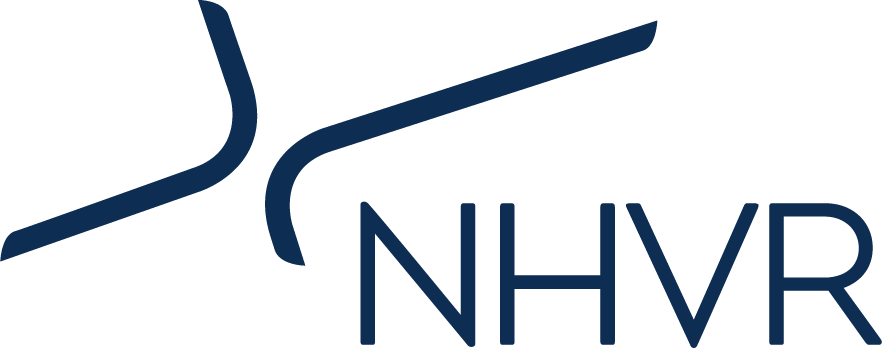Semi-trailers, B-doubles and other combinations fitted with quad-axle groups can carry heavy loads more safely on a defined road network.
Productivity benefits
This improves the international cost-competitiveness of transport for Australian manufacturers and primary producers. Heavy loads such as meat, wine, grain and other produce are often loaded below the trailer’s available capacity to ensure the truck’s axles are not overloaded.
This can become a weak link in the global logistics chain. By spreading the weight over more axles, trucks can carry heavier loads more safely. Closer alignment of road and rail axle weight limits also allows intermodal operators to transport containers more efficiently by rail.
Community benefits
Fewer trucks are needed to carry heavy loads, which reduces road trauma and cuts engine emissions. Safer and more efficient vehicles are the best option to meet future growth in the road freight task.
Quad-axle semi-trailer
A quad-axle group semi-trailer can have a gross combination mass of up to 50 tonnes (or 50.5 tonnes). Proposed maximum axle group loads are:
- single steer axle – 6 tonnes (or 6.5 tonnes)
- tandem drive axle group – 17 tonnes, and
- quad axle group – 27 tonnes.
Quad-axle B-double
B-double combinations can be configured to carry the equivalent of two 40 foot containers, with a gross combination mass of up to:
- 72.5 tonnes (or 73.0 tonnes) if one quad-axle group is fitted
- 77.0 tonnes (or 77.5 tonnes) if two quad-axle groups are fitted.
Proposed maximum axle group loads are:
- single steer axle – 6 tonnes (or 6.5 tonnes)
- tandem drive axle group – 17 tonnes
- triaxle group – 22.5 tonnes, and
- quad axle group – 27 tonnes.
Gaining vehicle approval
'Blueprint’ designs for quad-axle semi-trailers and B-doubles have been pre-approved to Performance Based Standards and made available to the heavy vehicle industry. Operators can use these ‘blueprints’ to apply for access on PBS networks. Information about how to obtain blueprints for these vehicles can be found on the PBS blueprints and resources page. If operators want to develop a different quad-axle group vehicle design, its safety and performance must be assessed under the PBS scheme.
Other vehicle requirements include:
- dual tyres on quad-axle groups
- a steerable rear axle with at least +/- 12 degrees steering articulation and an effective centring mechanism (or another system acceptable to the registration authority)
- a load sharing system at least as effective as for a tri-axle group
- road-friendly certified suspension (refer Vehicle Standards Bulletin 11)
- (optional) ‘lift axles’ complying with ADR 43/04
- Accreditation under the National Heavy Vehicle Accreditation Scheme (NHVAS) or equivalent mass and maintenance accreditation.
- The Intelligent Access Program (IAP) as a potential tool for route compliance.
Network mapping
Quad-axle group combinations can only operate where individual route assessments and an individual bridge assessment have been conducted by the relevant asset owner. Some authorities may be prepared to accept assessment by a prequalified bridge engineer using the authorities’ bridge data.

 Accessibility tools
Accessibility tools

